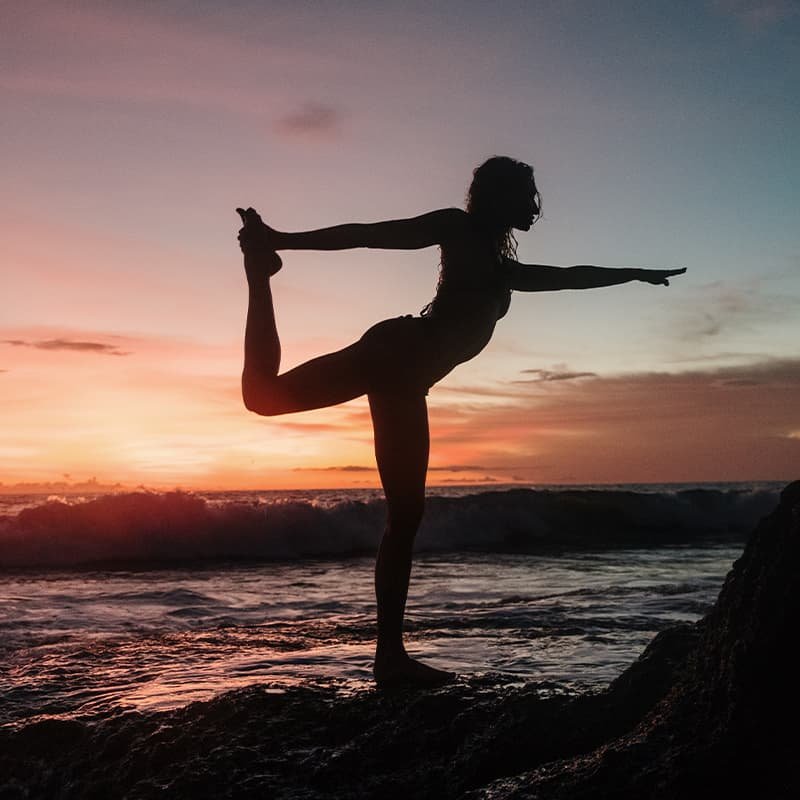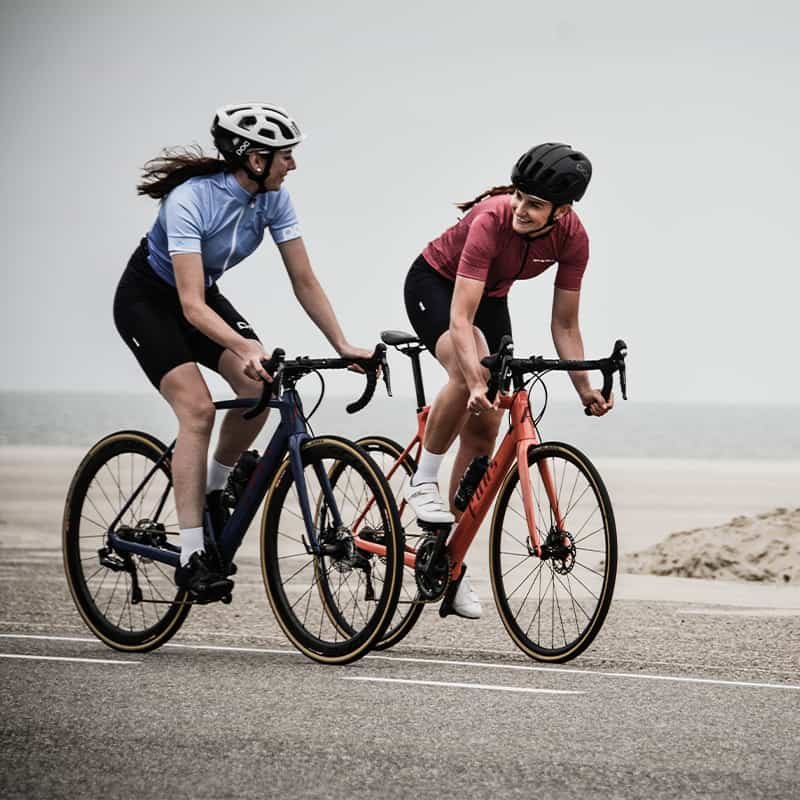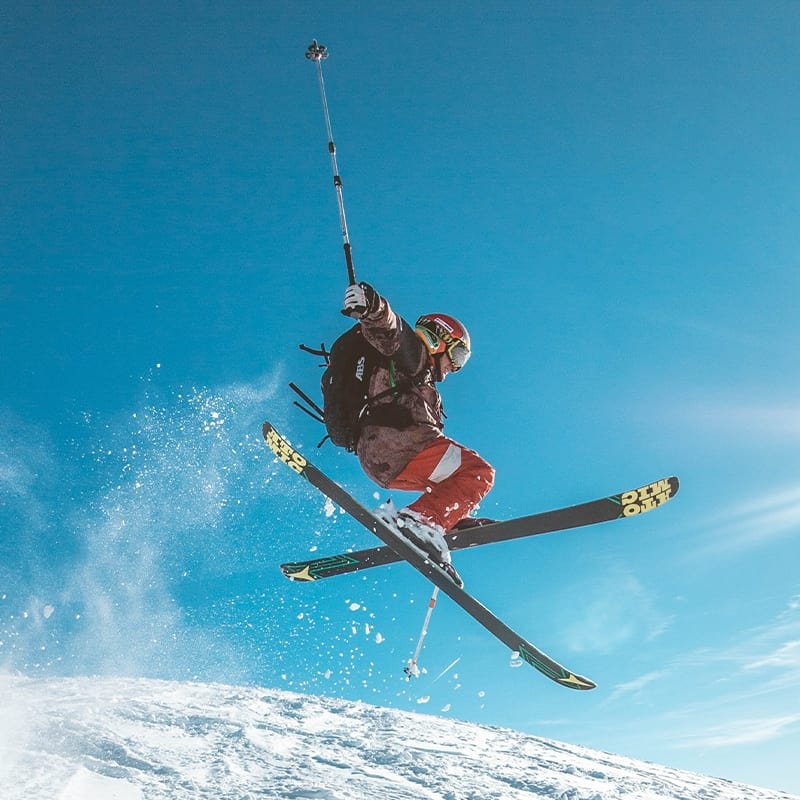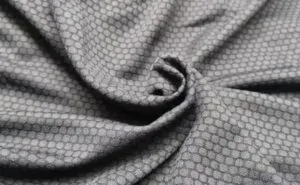
Outdoor clothes are clothing items that are designed to be worn outdoors. This type of clothing is typically made from durable materials that can withstand various weather conditions, such as wind, rain, and snow. Some examples of outdoor clothes include jackets, pants, hats, gloves, and boots. Outdoor clothes are often designed to be breathable, waterproof, and comfortable, so that they can be worn for long periods of time without causing discomfort. They are commonly worn by people who enjoy outdoor activities, such as hiking, camping, and skiing.
Key factors in choosing outdoor clothing

When choosing outdoor clothing, there are several factors you should take into account to ensure you have the right clothing for your activities and the weather conditions. Some of these factors include the type of activity you will be doing, the weather conditions you will be facing, and the length of time you will be outside. You should also consider the fit and comfort of the clothing, as well as any specialized features that may be needed for your specific activity, such as pockets for storing gear or ventilation for regulating body temperature. Finally, it’s always a good idea to choose clothing that is durable and made from high-quality materials that will hold up to the demands of the outdoors. Some of the key factors to consider include:
The weather and climate
The weather and climate: This is perhaps the most important factor to consider when choosing outdoor clothing. Different activities will require different types of clothing depending on the weather and climate. For example, if you are planning a hike in a cold, snowy environment, you will need warm, insulated clothing to keep you warm. On the other hand, if you are planning to go for a run on a hot, sunny day, you will need lightweight, breathable clothing to help keep you cool.
The activity
The activity: The type of outdoor activity you are planning to undertake will also influence the type of clothing you need. For example, if you are going hiking, you will need sturdy, durable clothing that can withstand rugged terrain and the elements. If you are going for a run, you will need clothing that is lightweight and breathable, with features like reflective strips for visibility.
Personal preferences

Your personal preferences: Your personal preferences are also an important factor to consider when choosing outdoor clothing. For example, some people may prefer loose-fitting clothing for greater freedom of movement, while others may prefer fitted clothing for a more streamlined look. You should choose clothing that feels comfortable and allows you to move freely and easily.
The fit
The fit: The fit of your outdoor clothing is also an important factor to consider. You want your clothing to fit properly in order to ensure that it performs as intended. Clothing that is too tight can restrict your movement, while clothing that is too loose can be bulky and uncomfortable.
The material
The material: The material of your outdoor clothing is also an important factor to consider. Different materials have different properties and will perform differently in different conditions. For example, synthetic materials are often quick-drying and breathable, making them well-suited for activities like running and hiking. Natural materials like wool and cotton are also popular choices, as they are durable and can provide insulation in cold weather.
In conclusion, when choosing outdoor clothing, it is important to consider the weather and climate, the activity you are planning to undertake, your personal preferences, the fit, and the material of the clothing. By taking all of these factors into account, you can ensure that you have the right gear for your outdoor adventures.
How to choose fabric when shopping for outdoor clothing

When shopping for outdoor clothing, the fabric you choose can have a big impact on your comfort and performance. Here are a few tips to help you choose the best fabric for your needs:
Consider the type of outdoor activities you plan to do.
Different activities require different types of clothing, and the fabric you choose should be well-suited to the specific activities you plan to do. For example, if you plan to do a lot of hiking or backpacking, you’ll want a fabric that is durable and resistant to abrasion, such as nylon or polyester. If you plan to do a lot of water sports, you’ll want a fabric that is quick-drying and moisture-wicking, such as polyester or spandex.
Think about the weather conditions you expect to encounter.
Different fabrics are better suited to different weather conditions. For example, if you plan to be outside in cold weather, you’ll want a fabric that is warm and insulating, such as wool or fleece. If you plan to be outside in hot weather, you’ll want a fabric that is lightweight and breathable, such as cotton or linen.
Look for fabrics that have been treated with a water-repellent finish.
Wet weather can be a major inconvenience when you’re outdoors, and a fabric with a water-repellent finish can help to keep you dry. This type of finish can be applied to many different fabrics, including nylon, polyester, and even cotton.
Choose a fabric that is breathable.

It’s important to choose a fabric that allows air to circulate, as this will help to prevent you from getting too hot and sweaty. Breathable fabrics, such as polyester and spandex, can help to wick moisture away from your skin, which can help to keep you cool and comfortable.
Consider the weight of the fabric.
If you plan to do a lot of hiking or backpacking, you’ll want to choose a fabric that is lightweight and easy to pack. This will help to reduce the overall weight of your clothing and make it easier to carry.
Look for fabrics that are easy to care for.
When you’re outdoors, you may not have access to a washing machine and dryer, so it’s important to choose a fabric that is easy to care for. Many outdoor clothing fabrics are machine washable and quick-drying, which can make them a convenient choice for outdoor activities.
Ultimately, the best fabric for outdoor clothing will depend on the specific activities you plan to do and the conditions you expect to encounter. By considering these factors and choosing a fabric that is durable, weather-resistant, and comfortable to wear, you can ensure that you have the right clothing to help you enjoy your outdoor adventures.







